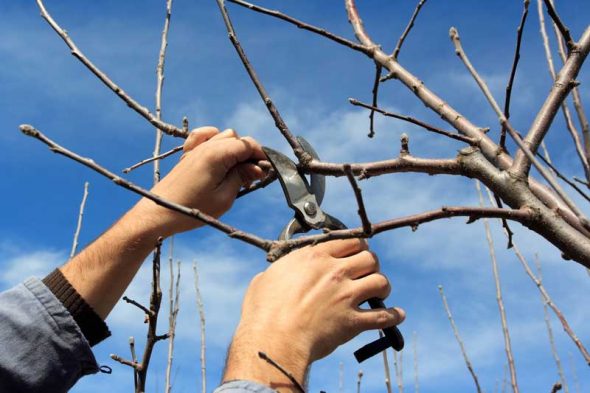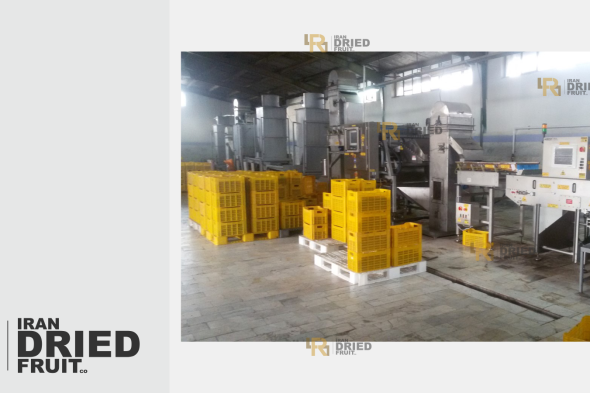Raisin Quality Control Quality control is an important part of each step in the raisin making process. While the grapes are growing, they are checked for ripeness by squeezing the juice from a grape and using a refractometer. This allows the growers to determine how much sugar is in the grape. They are also tasted and their weight per volume is measured to give a measure of the quality of...
Black Walnut Descriptions and uses Black Walnut Please for more information or any inquiry click here …… Distinctive, dark-colored heartwood, as well as tasty and valuable nuts, make black walnut a highly prized North American hardwood tree. walnut is native to the United States, but its numbers have declined significantly. Walnut ( tree , shell , calories , nutrition , protein , wood and oil ) This decline has occurred...
Walnut Varieties Of the hundreds of varieties of English Walnuts available - and the many closely related species - we have selected a range suitable for the climate throughout the UK and for the differing purposes which our customers have in mind. Walnut Varieties This amount to several dozen in all, which are listed below. Each entry leads to details on the variety or species. Please for more information or...
Farming raisin The first step to producing good raisins is growing quality grapes in the vineyards. (Raisin farming)Grape farming is a year-round commitment and includes the practices of pruning, irrigation, fertilization, and pest control. Most of the work done in these vineyards is still done by hand. [caption id="attachment_15127" align="aligncenter" width="208"] The first raisins - history of raisin[/caption] op 10 Reasons To Buy Organic Pruning involves the removal of...
Raisin manufacturing process There are four primary methods for producing raisins including the natural, dehydration, continuous tray, and dried-on-the-vine methods. The most popular of these is the natural method which will be explained in some detail. Raisin manufacturing process The basic steps in natural raisin manufacturing include harvesting, processing, and packaging. While a small portion of raisins are made by mechanically dehydrating grapes, the majority of them are produced by...
Cultivation and uses of walnut The Persian Walnut was introduced into western and northern Europe very early, (Cultivation and uses of walnut) by Roman times or earlier, and to the Americas by the 17th century. It is cultivated extensively for its high-quality nuts, eaten both fresh and pressed for their richly flavored oil; numerous cultivars have been selected for larger and thin-shelled nuts.The wood is also of very high quality...
Raisin Raw materials The primary raw material for making raisins is grapes. To make 1 lb (453.59 g) of raisins, over 4 lb (1,814.36 g) of fresh grapes are required. Raisin Raw materials . These grapes must have certain qualities in order to produce quality raisins. For example, they must ripen early and be easy to dry. Additionally, they must have a soft texture, not stick together when stored, have...
Persian Walnut The Persian Walnut, also known as the Common Walnut or English Walnut, is a species of walnut that is native to the Balkans, in southeast Europe, east through southwest and central Asia, and the Himalayas to southwest China. The largest forests are in Kyrgyzstan, [caption id="attachment_14952" align="aligncenter" width="250"] Best Iranian Walnut[/caption] Persian Mamra Almond ( Badam ) where Persian Walnut trees occur in extensive, nearly pure walnut forests...
Raisin to your good health Raisins are nature's original candy - and one of the world's most nutritious dried fruits. raisin for good health Iranian Raisin Sweet, tasty raisins are cholesterol-free, low in sodium, and virtually fat-free. They provide many necessary vitamins and minerals to your diet, including iron and potassium. Maybe best of all, they're 70 percent pure fructose, a natural form of sugar, that's easily digested...
Raisin The Phoenicians and Armenians then began to trade raisins with the Greeks and the Romans. Tasty dried muscats, sultanas, and currants became very popular and in great demand with the Greeks and Romans who ate them in large quantities. As the popularity of the raisins grew, so did their value. Can you believe that in ancient Rome you could trade two jars of raisins for one slave boy? And...












 3 kind raisin
3 kind raisin 


